Species Spotlight: Top 10 frogs of the Pacific Northwest
February 22, 2021
As COVID-19 rages on, the only real escape from constantly being at home is being able to venture out into the wilderness. In doing so, many of us have found a new passion for adventure. Some of us have even seen the majestic animals that roam in and around our state. Today I bring you a ribbit-ing list of my favorite of those animals: the frog. Let’s ‘hop’ into this review of the 10 best species of our amphibious friends living right in our backyard.
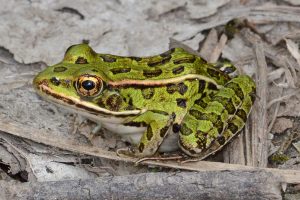
10. Northern leopard frog
First on my list is the Northern leopard frog. Generally around 11 centimeters long, this is a pretty big frog. This is, of course, a plus in my opinion because the more frog there is, the more there is to admire. A special characteristic about the northern leopard frog is that it has a special type of cell that is a potential cure for cancer. Despite this, I’ve had to rate this frog No. 10 on the list because this species has a long snout and a calculated gaze that is very disconcerting for the average passerby.
9. Oregon spotted frog
Next, we have the Oregon spotted frog: a fairly basic species of frog mainly found in and around Southwest Oregon. There really isn’t much to say about this creature. It is exactly what you’d think of when somebody says “frog.” There isn’t anything wrong with this frog exactly, I just had to put it so far down on this list because it doesn’t really have any pizzaz.
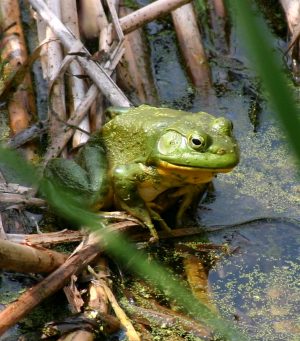
8. American bullfrog
Another classic, the American bullfrog. This frog can be found all over the country, but because the species also finds a home in the Pacific Northwest, I felt it had to be taken into consideration. It is the heftiest of the frogs we are looking at today, coming in at around 15 centimeters in length, which, again, I find to be a plus when judging frogs. However, there are two main downsides to this beast.
First, it is an invasive species. The bullfrog was introduced to the Western U.S. as prey and has since established itself by slipping away from its potential captors. Its introduction and spread hurts our local ecosystems and can even affect some of the other frog species on this list by disrupting their food chains.
Second, the bullfrog is another pretty simple and common frog species as they go, and thus a somewhat bland addition to the list.
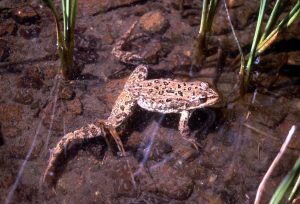
7. Columbia spotted frog
A variation of the Oregon spotted frog, the Columbia spotted frog is a much lankier frog with webbed toes to help it swim through swamps and ponds. This frog has very interesting markings, most notably a white stripe that goes over its top lip. This gives this species a slight resemblance to Gomez Addams, so take that as you will. The biggest subtractor to this frog’s overall score, however, is how unnervingly long its legs are in relation to how small its body is.
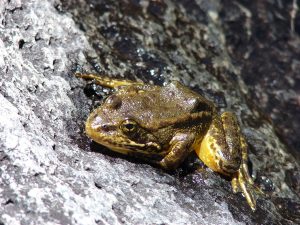
6. Foothill yellow-legged frog
A frog that is small in stature but emits a concrete, larger-than-life resolve is the foothill yellow-legged frog. Found primarily in Southern Oregon, adults of this species are easily spotted because they tend to have a yellow coloration on their legs. I really have nothing bad to say about this frog; it is a compact size, can protect itself from fungal infections and gives you a sense of confidence when looking into its bulging green eyes. An overall solid creature.
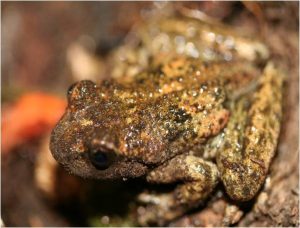
5. Rocky Mountain tailed frog
This frog is unique because of its distinct tail feature. It is the only species of frog that has one, and it is used for mating while in streams and rivers. However, what really makes this species stand out to me isn’t its unique mating habits, but rather how small they are. This species is barely larger than a dime, and yet they still have the strength to reside in moving bodies of water.
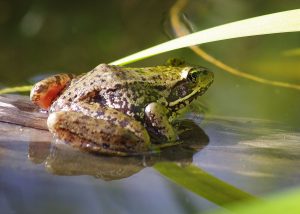
4. Northern red-legged frog
Living in a shroud of mystery, the Northern red-legged frog isn’t heavily documented. We do however know three things: 1), This frog can live almost anywhere, showing strong adaptability; 2), It has a weak call that makes an “uh-uh-uh-uh-uh…” sound which reminds me of a little kid trying to describe a dream they had; and 3), they look really cool; their skin is very red with tasteful black accents. The main thing I have to say about this frog is that there isn’t much to say at all.
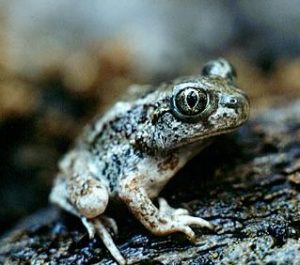
3. Great Basin spadefoot
While this addition to the list is technically a toad, I felt I had to include it on the basis that it’s very cool. The Great Basin spadefoot is as resilient as an amphibian can get. It lives in cold and dry temperatures, fights off rattlesnakes, coyotes and owls, and it lives in holes it digs with the sharp spades on its legs.
However, this toad has one fatal flaw in my eyes: in order to protect from predators, it creates skin secretions that ward off foes. Sadly, these secretions cause burning allergic reactions to humans. This means that, no matter how much we all don’t want it to be true, kissing this toad would turn you into a blubbering mess as opposed to a princess.
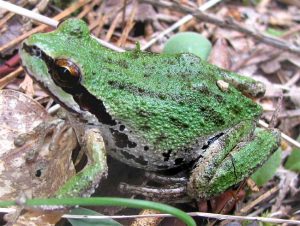 2. Pacific tree frog
2. Pacific tree frog
The Pacific tree frog is a fascinating frog. It was dubbed the “State Amphibian of Washington” in 2007 by the state legislature, and it’s very clear why. Sitting at two inches in length, male Pacific tree frogs are quite the gentlemen. They serenade potential mates with a guttural “ooh-yeeh” sound emanating from their “throat sack,” stretchy skin under their throat that expands so that greater depth and sound can come out of such a small creature. Their only drawback is that their hands look like melted versions of those sticky hands that you get at arcades.
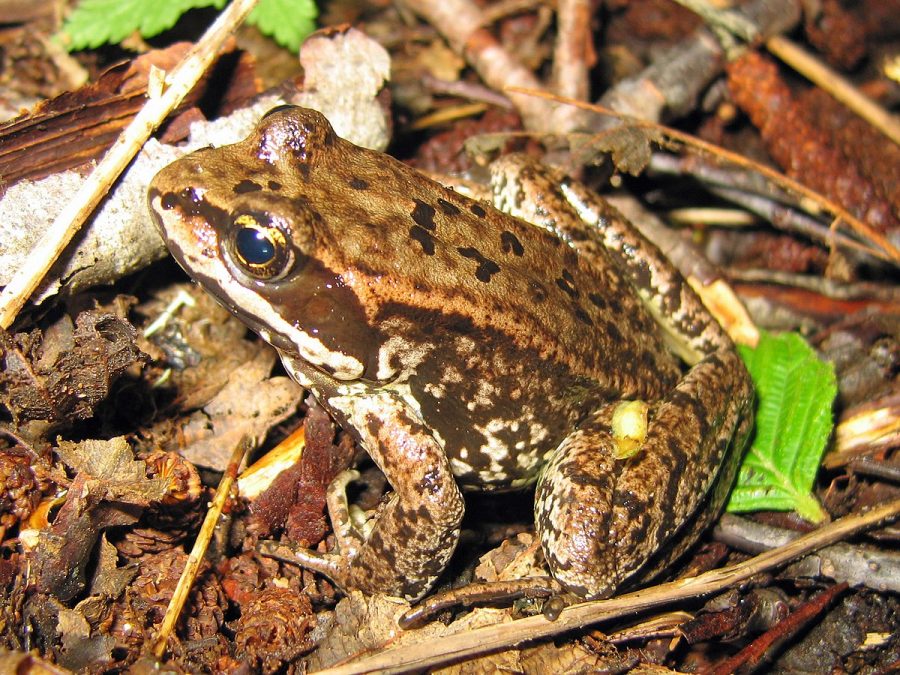
1. Cascades frog
Capping off this list is the Cascades frog. This species is generally found near bodies of water or marshes throughout the Cascades, but can also be found in volcanic areas of peaks. Additionally, these frogs can adeptly defend themselves when attacked by a slew of predatory species such as coyotes, raccoons, snakes and several types of birds. They do this through skin secretion, which has the potential to cure diseases such as E. coli and can potentially have therapeutic benefits. However, the skin secretions also can thin blood and decrease blood oxygen levels in humans when not mixed with other chemicals to dilute their toxic properties. Overall, a top-notch frog, but it can definitely kill you if you’re not careful.
To conclude I’d like to make two things clear.
First, all frogs are wonderful, so while this list exists there is no reason to value any frog you see in the world less or more than another.
Second, this isn’t a complete list of frogs in the Pacific Northwest, but it should hopefully give you a reason to go explore our corner of the country with some knowledge about the wonders of it. You never know what (frogs) you might find.

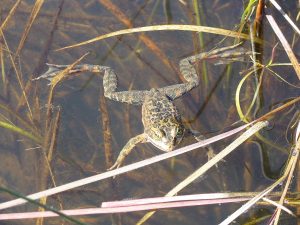


Kris • Jun 7, 2022 at 11:21 am
What kind of frog is this? It is very big. Definitely a 2 handed grab or in my case a swimming pool net! It ate all the leaves from the water hyacinths! And was working over the baby goldfish population! ? I released it to the Rogue River. It will either survive or provide food for the critters. What photos not copied?? It’s a great frog photo!!
Duncan • Jan 19, 2022 at 12:49 pm
Your descriptions are as entertaining as they are informative, thank you!
Mike Klapp • Mar 23, 2021 at 10:55 am
This is a great list! I especially like the tailed frog and spade foot. I am friends with Lucia Jackson and we are curious if you are going to do a similar list for salamanders? We are big salamander fans and think they could use some love too!